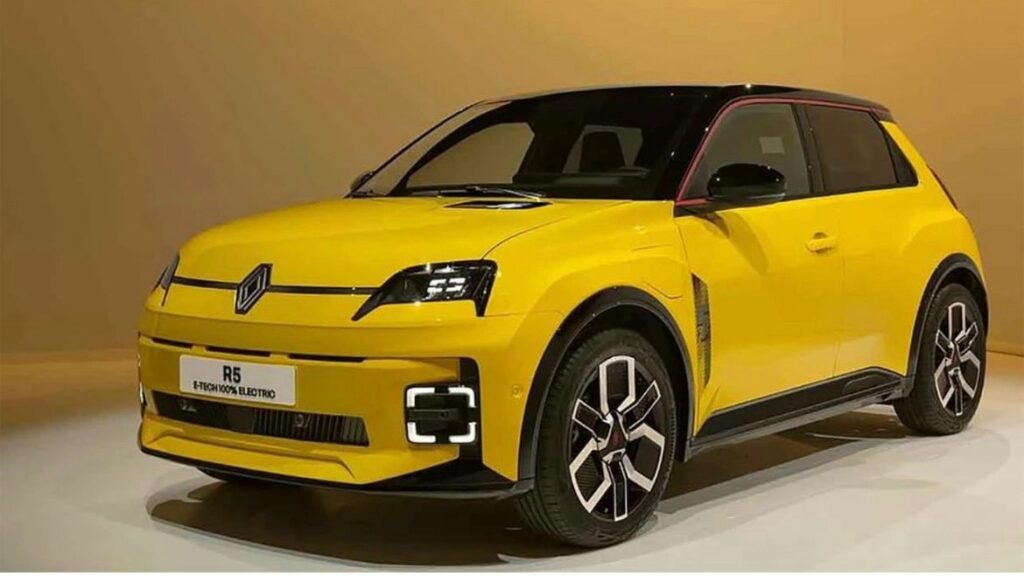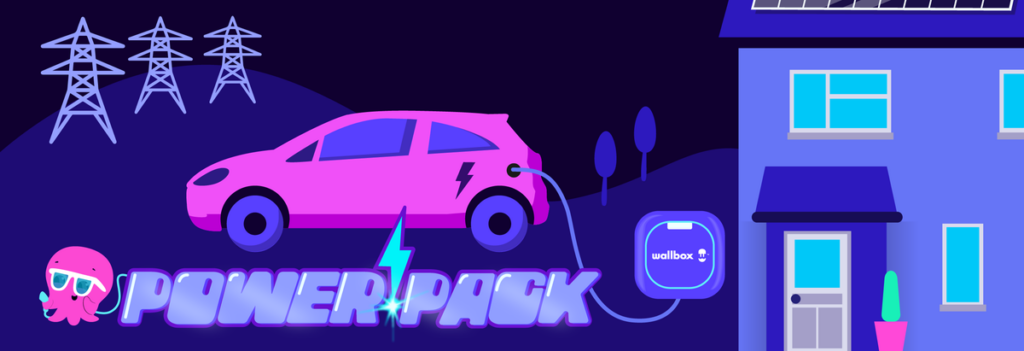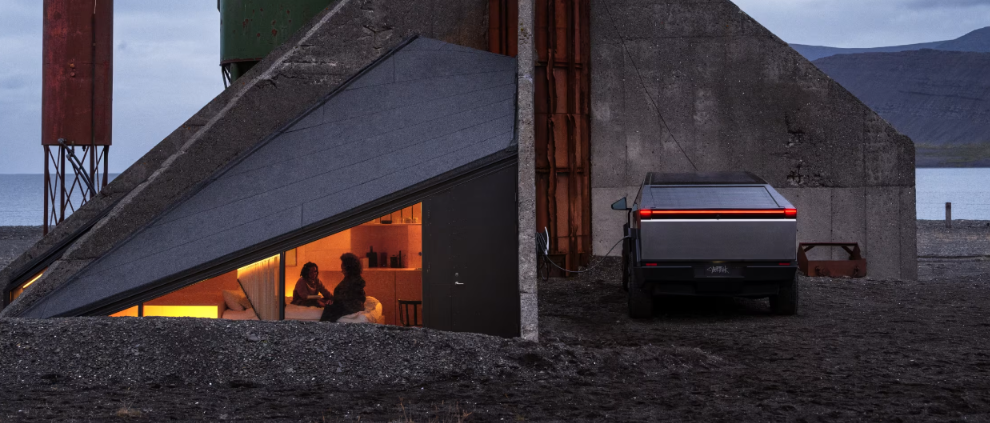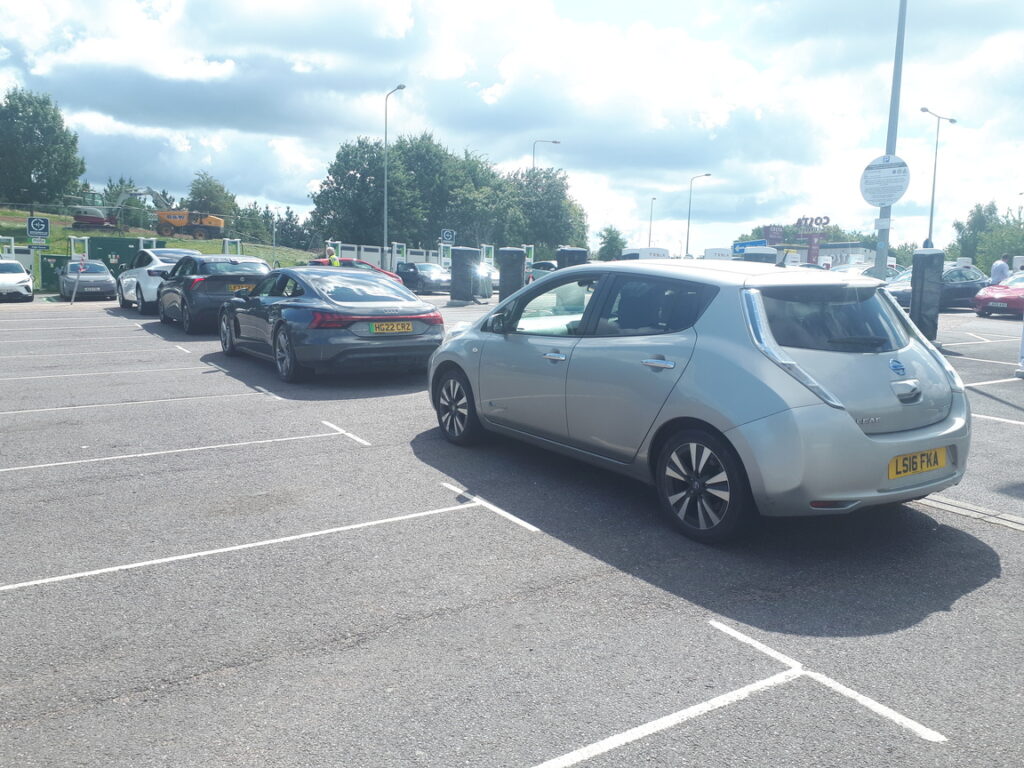I was fortunate enough to find myself on stage for two different panel sessions at the Everything Electric NORTH show in Harrogate last weekend. We recorded those two sessions in full for posterity, but there were plenty of other interesting topics apart from V2x. Some extracts from those can also be found below.
My first panel on Saturday was on the topic of “Vehicle to Everything? What’s the true potential?”, held in the EEN “Giga Theatre”. The tagline for the session was “We believe that V2X could be the biggest benefit of all in a world with battery electric vehicles, but how do we go ‘bidirectional’?”:

As you can see from the video below, I found myself sat next to Robert Llewellyn of Fully Charged fame as a last minute replacement for host Dan Caesar:
Mark Potter from 3ti explained the full suite of V2x three letter acronyms (TLAs for short).
- V2L = vehicle-to-load
- V2H = vehicle-to-home
- V2B = vehicle-to-building
- V2G = vehicle-to-grid
- V2I = vehicle-to-infrastructure
- V2V = vehicle-to-vehicle
I added a couple of less familiar four letter acronyms (FLAs for short) to Mark’s list:
- V2µG = vehicle-to-micro-grid
- V2nG = vehicle-to-nano-grid (AKA V2H)
Robert helpfully provided an explanation of “V2µG”:
Vehicle to a “local area grid”, like a few houses or a few buildings or a few offices.
Sunday’s panel was also in the Giga Theatre, this time on the related topic of “How can Grid x Home x Car come together for 2035?”, with the tagline “If there is to be a silver bullet in energy and transport it will be the bringing together of grid, home and car – when and how will they intersect? “.

Robert asked me “Can you do, for me, the very basic differentiation between the two commonly used ways of getting electricity out of cars, AC and DC?“
I replied “I can try!“. Skip to 5:30 in the video below to see for yourself whether I succeeded or not.
At ~ 27:30 in the video above, in response to a pertinent question from the audience, I uttered a carefully calibrated four letter word when attempting to get my message across to the assembled throng. Followed by:
The grid, it’s still too much ‘top down’, and it needs to be more ‘bottom up’!
Robert clarified my remark by adding that:
One would hope it will be a blend of the two. That consumers are buying the cars and going ‘hang on a minute, I’ve got a massive battery sat outside my house and I can’t use it to run my cooker’. And from the top down you can see the obvious benefits of having a million electric vehicles on the road. Even that is a million kilowatt-hours, if you take one from each.
To be continued…





